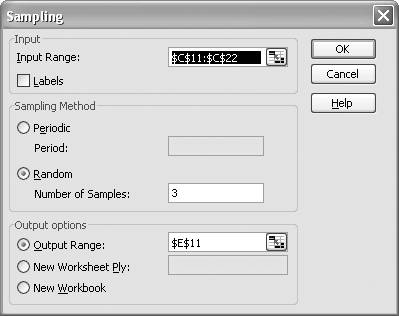
In principle, we should not fit one-way ANOVA models to the data obtained from RCBDs or LSDs if we do so, the residuals will also contain the block effect ( \(\pm\) 1 t/ha, in the previous example) and, therefore, those obtained in the same block will be more alike than the residuals obtained in different blocks. Such yield variations will be systematically shared by all plots located in the same block. Indeed, the block effect produces a more or less relevant increase/decrease in the observed response, with respect to the overall mean for example, in a field experiment with two blocks, the most fertile one might might produce a yield increase of 1 t/ha, while the other one will produce a corresponding yield decrease of the same amount. On the contrary, with the most common experiments laid down as Randomised Complete Blocks (RCBDs) or, less commonly, as Latin Square (LSD), apart from the treatment factor, we also have, respectively, one and two blocking factors, which represent additional sources of systematic variability. With those models, apart from differences due to the experimental treatments, all units must be completely independent and there should not be any other systematic sources of variability. In Chapter 7 we showed how we can fit linear models with one categorical predictor and one response variable (one-way ANOVA models). 16.8 Expressions, functions and arguments.16.2 Installing R and moving the first steps.16 APPENDIX: A very gentle introduction to R.14.5.3 The coefficient of determination (R 2).14.5.2 Approximate F test for lack of fit.14.3.2 Approximation with a polynomial function.13.5.4 F test for goodness of fit and coefficient of determination.

13.5.2 Standard errors for parameter estimates.13.1 Case-study: N fertilisation in wheat.12.1 Example 1: a split-plot experiment.11 Multi-way ANOVA models with interactions.10.5 Another example: comparing working protocols.10.1 Motivating example: a genotype experiment in blocks.9.6 Multiple comparisons with transformed data.9 Contrasts and multiple comparison testing.8.2.1 Plot of residuals against expected values.7.1 Comparing herbicides in a pot-experiment.6.3 Correct interpretation of the P-value.6.2 Comparing proportions: the \(\chi^2\) test.6.1 Comparing sample means: the Student’s t-test.5.1.3 The frequentist confidence interval.5.1.2 A theoretical sampling distribution.5.1.1 The empirical sampling distribution.4.5 Monte Carlo methods to simulate an experiment.




 0 kommentar(er)
0 kommentar(er)
